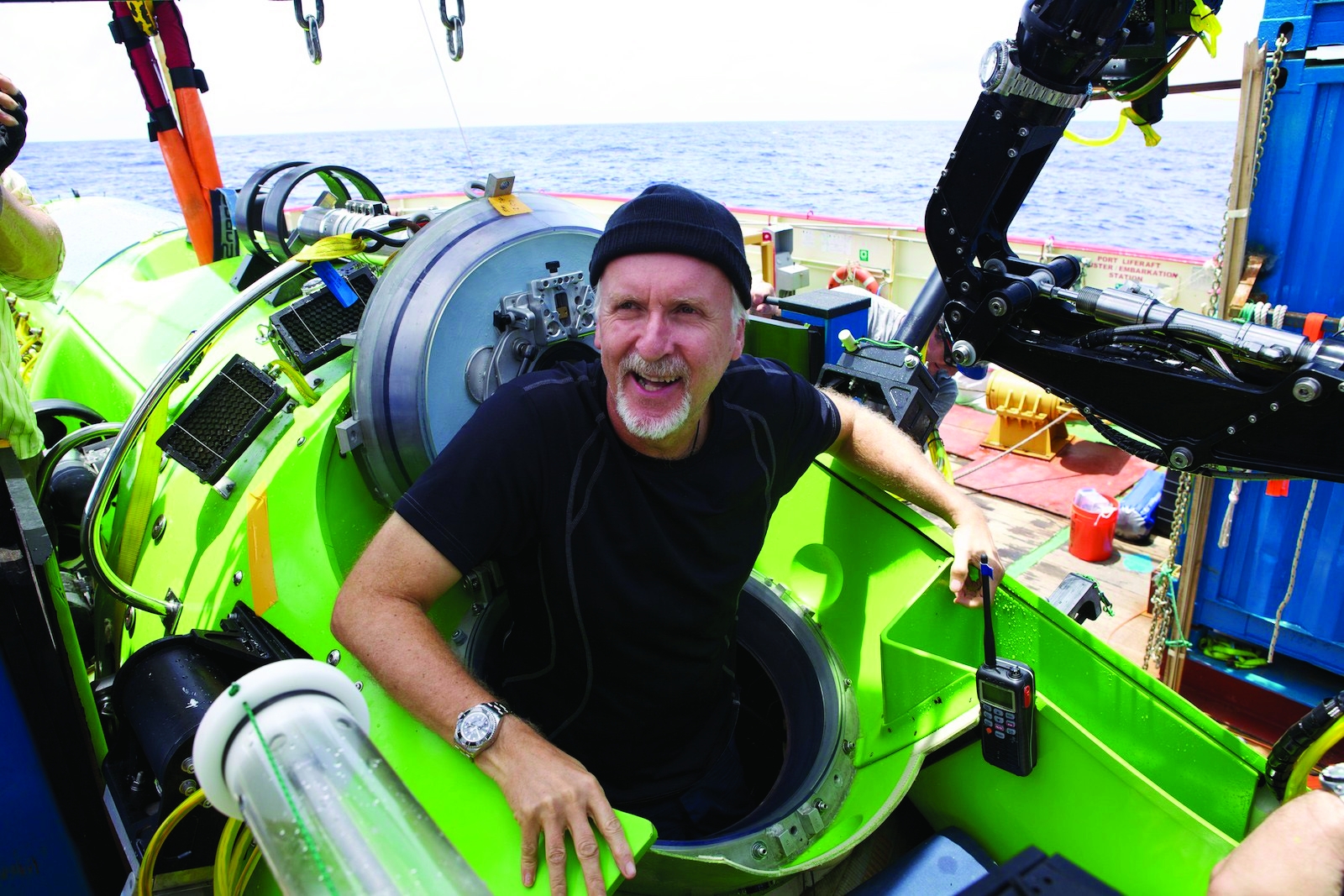Film director James Cameron’s headline-grabbing journey to the bottom of the Mariana Trench has divided opinion.
Whilst some have hailed the effort as tangible triumph of engineering and bravery, others - including one particularly vocal sceptic on The Engineer’s editorial team - have derided it as little more than a mildly-engaging stunt: a quick trip to the deep that’s done little to advance the understanding of one of our planet’s final frontiers.
It’s certainly true that Cameron’s submersible isn’t the first visitor to the earth’s deepest place. That honour goes to the Trieste bathyscape, which on 23rd January 1960, touched down at 10,914m below sea levelbelow sea level near the bottom of the Challenger Deep section of the Mariana Trench (click here to read our archive coverage of this feat)
Despite this, Cameron’s voyage remains a significant achievement. And the development of a system that can go where few have gone before, has generated acres of media coverage, much of it focussing on the team of “secret engineers” who have been quietly finessing the design of the strange looking vehicle for the last few years.

It is, first and foremost, a story about engineering. And while purists may grumble, it’s precisely the kind of headline grabbing story that the world of engineering needs: a tangible, obvious example of how technology can push the boundaries. If it does nothing more than fire the imagination of a few hundred fledgling engineers then it will have been worthwhile.
What’s more Cameron’s Deepsea Challenger is the first of a number of craft designed to probe the depths of the Mariana Trench. And in the competitive quest to outdo each other, it’s likely that these teams - which include Richard Branson’s Virgin Oceanic project - will gather valuable geological and biological data from this unexplored netherworld. There’s also an argument that the deep-sea is the perfect test-bed for the technology that may one-day help us explore the furthest reaches of our solar system.
It’s tempting to dismiss these as vanity projects - fuelled by the whimsy of rich, restless men wondering what to spend their money on next. But with research budgets around the world increasingly restricted to projects with short-term payoffs - this vanity, if that’s what you want to call it, could prove a powerful force.




JLR teams with Allye Energy on portable battery storage
This illustrates the lengths required to operate electric vehicles in some circumstances. It is just as well few electric Range Rovers will go off...